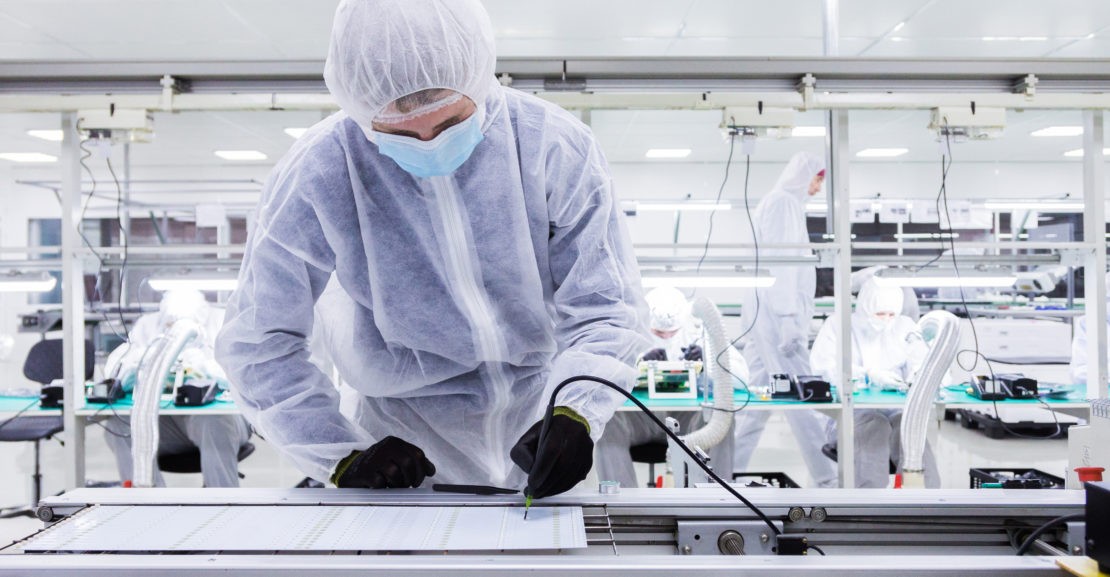Achieving Efficiency in Medical Device Manufacturing
Every medical device manufacturer strives to achieve efficiency in their production processes. This not only ensures profitability but also enables them to deliver high-quality products promptly. In today’s competitive market, where demand for medical devices is constantly increasing, efficiency is crucial for manufacturers to stay ahead of the competition.
In this article, we’ll discuss some key strategies that can help medical device manufacturers achieve efficiency in their manufacturing processes. We’ll also explore how implementing these strategies can result in improved productivity, cost savings, and overall success for the company.
The Importance of Efficiency
Efficiency plays a crucial role in the success of any business, and the medical device manufacturing industry is no exception. It can be argued that efficiency is even more critical in this industry due to its unique challenges.
Firstly, medical devices are highly regulated products, and manufacturers must comply with strict regulations and standards set by governing bodies such as the FDA. This adds an extra layer of complexity to the production process, making it more challenging to achieve efficiency.
Secondly, medical devices are often complex products that require precision and accuracy in their manufacturing. Any errors or defects can have serious consequences for patients, making quality control a top priority for manufacturers. This need for strict quality control measures can also make achieving efficiency more difficult.
Strategies for Achieving Efficiency
Many factors can influence the efficiency of medical device manufacturing processes, including facility layout, equipment selection, and production methods. Here are some key strategies that manufacturers can implement to improve efficiency:
Automation
Automation has become a game-changer in many industries, and the medical device manufacturing industry is no exception. By automating repetitive tasks and utilizing robotics, manufacturers can significantly reduce cycle times while maintaining high levels of precision and accuracy.
Automated quality control systems, such as vision inspection and machine learning algorithms, can also improve the overall efficiency of the manufacturing process by detecting defects early on. This allows for corrective action to be taken before the production process is complete, reducing waste and saving time.
Lean Manufacturing
Lean principles focus on eliminating waste in all forms, including time, material, and energy. By implementing lean manufacturing techniques, medical device manufacturers can identify non-value-added activities and streamline their processes to improve efficiency.
For example, incorporating a just-in-time (JIT) inventory system can reduce inventory costs and waste while ensuring that the necessary materials are always available when needed. JIT also allows for smaller batch sizes, which can lead to faster production times and reduced lead times for customers.
Leveraging Technology
Technology continues to advance in the medical device manufacturing industry, and leveraging it can lead to significant improvements in efficiency. For example, using computer-aided design (CAD) software for product design and development can save time and resources.
Another technological advancement that has revolutionized the industry is plastic injection molding. This manufacturing process allows for high-volume production of complex and precise parts, resulting in reduced labor costs and increased efficiency.
Implementing for Success
Once these strategies are implemented, medical device manufacturers can reap the rewards of improved efficiency. This includes increased productivity, reduced lead times, cost savings, and ultimately a competitive edge in the market.
However, it’s important to note that achieving efficiency is an ongoing process. Manufacturers must continuously evaluate their processes and make necessary adjustments to maintain and improve efficiency over time.
In conclusion, efficiency is key for medical device manufacturers to stay competitive and successful in today’s market. By leveraging technology, implementing lean principles, and automating processes, manufacturers can achieve efficiency and reap the benefits it brings. So, every manufacturer needs to prioritize efficiency in their production processes to ensure long-term success.
Do you have any other strategies for achieving efficiency in medical device manufacturing? Share them with us in the comments below.




